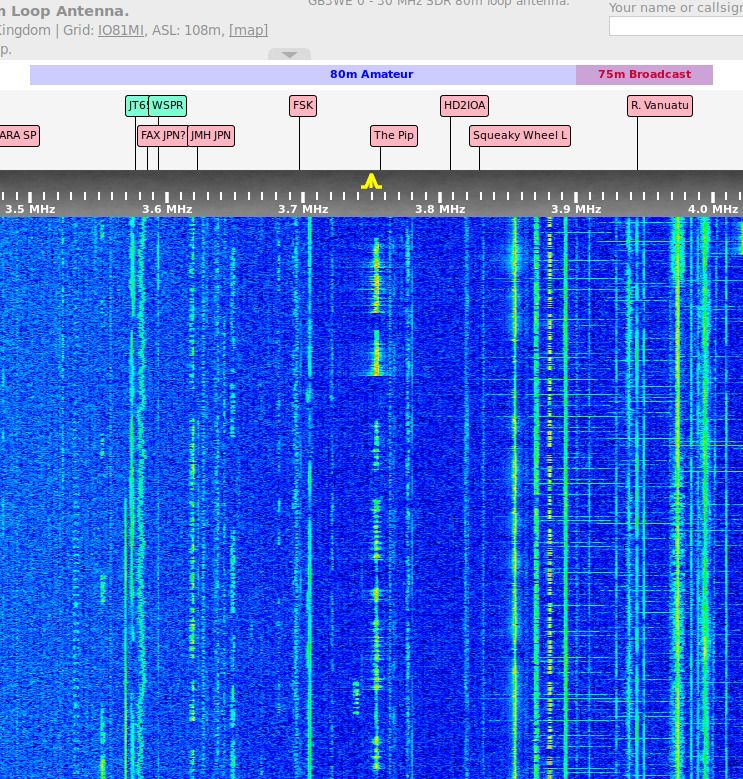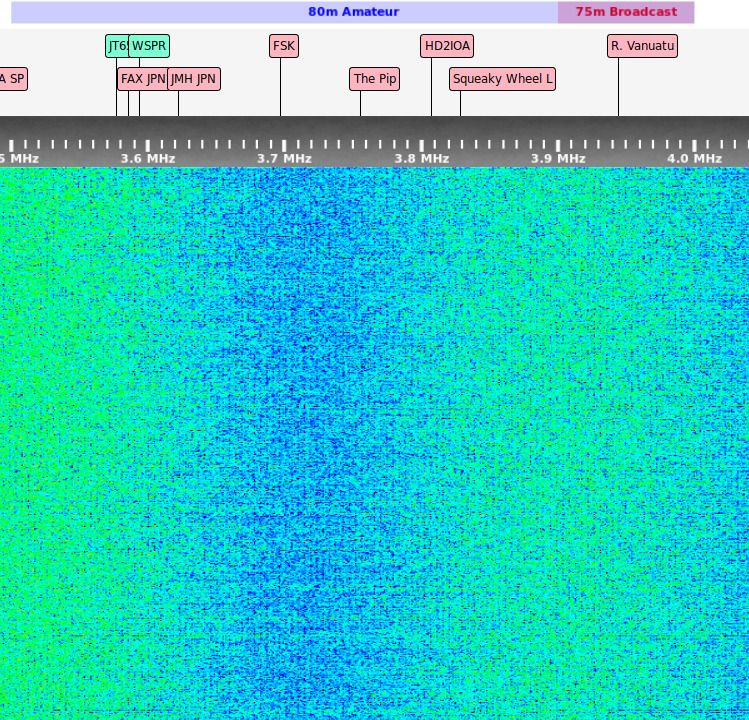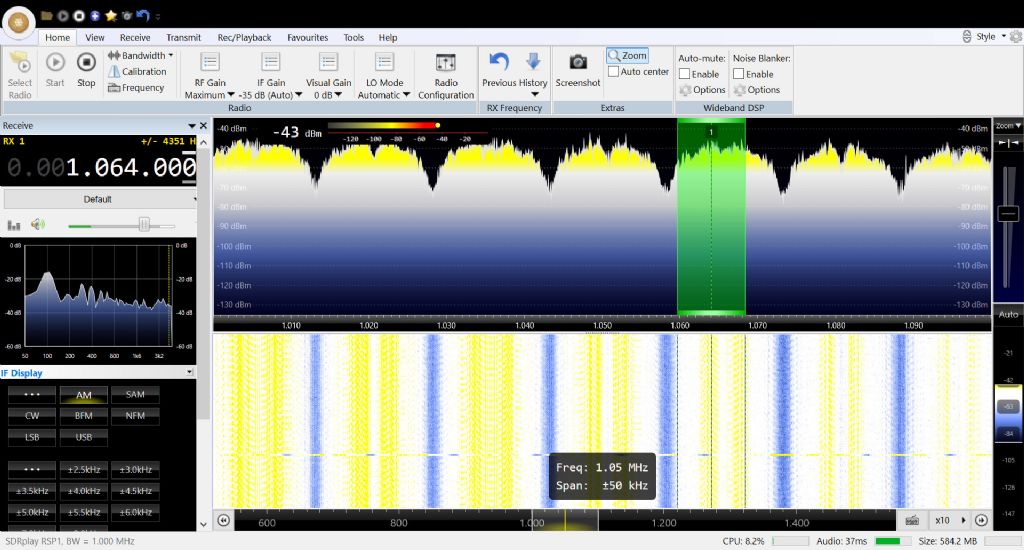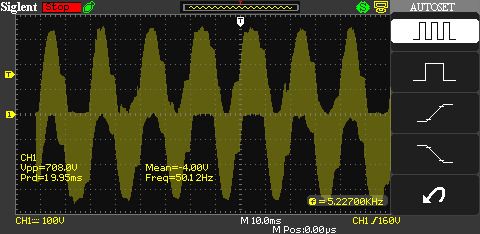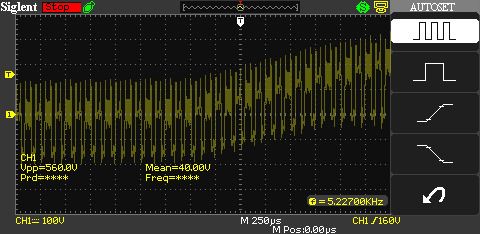I've got a couple of Software Defined Radios with waterfall displays that show radio signals over a considerable bandwidth, not just one station at a time.
This image shows what the 80metre amateur band (3.5 to 3.8MHz) looks like at a low interference location (near Weston Super Mare). The blue background is background noise, while the vertical lines are signals. The signals are colour coded to show strength, light blue weak, yellow middling, red strong. As only one signal has any red in it, even moderate interference causes a wipeout.

Next picture is me using the same type of receiver, with a low back garden antenna, with my lathe running:

As can be seen, the band is full of noise, and no signals can be seen. It's a blizzard of electronic muck.
Worse, the interference spreads over much more than the 80metre band. Next picture shows strong interference from below Long Wave reaching up to about 20MHz, weakening rapidly above that. (This particular VFD doesn't cause obvious bother at VHF or UHF – as far as my equipment can tell.)

An SDR positioned next to the lathe shows multiple spikes, all strong enough to blot out AM broadcasts.

Root cause is that VFDs and other types of electronic supply work by rapid switching, and, as Andrew said, fast rise times cause harmonics. It doesn't help that power supply electronics aren't frequency stabilised, so the fundamental and harmonics wander about, smearing interference more widely.
An oscilloscope view of the VFD output shows it's a broad approximation of a sine wave, far from pure. The oscilloscope suggests the waveform's frequency is 50.14Hz and 5.23kHz.

Zooming in shows that this 3-phase VFDs 'sine wave' is actually made up of pulses:

The only good news is that interference at low frequencies tends to weaken rapidly with distance, it has the potential to annoy neighbours, especially if spikes are injected into the mains and travel down the street along power cables.
Which reminds me, I've been intending to fit a filter for a few years now and never not got round to it!

Dave
 Robert Atkinson 2.
Robert Atkinson 2.

